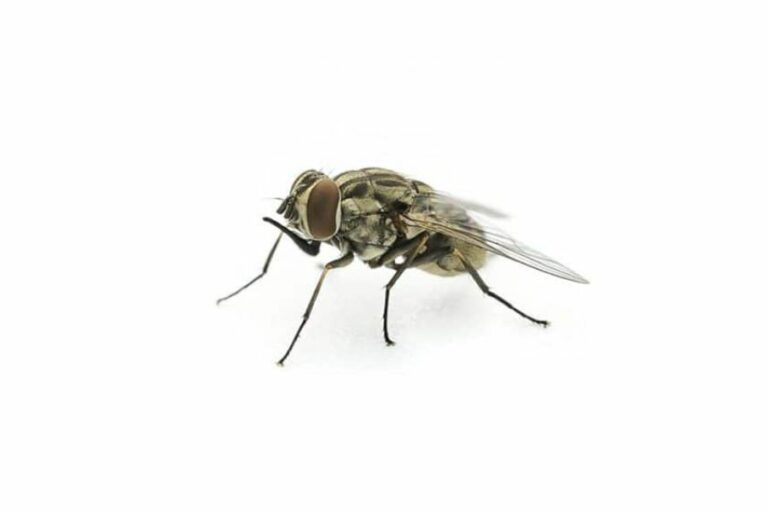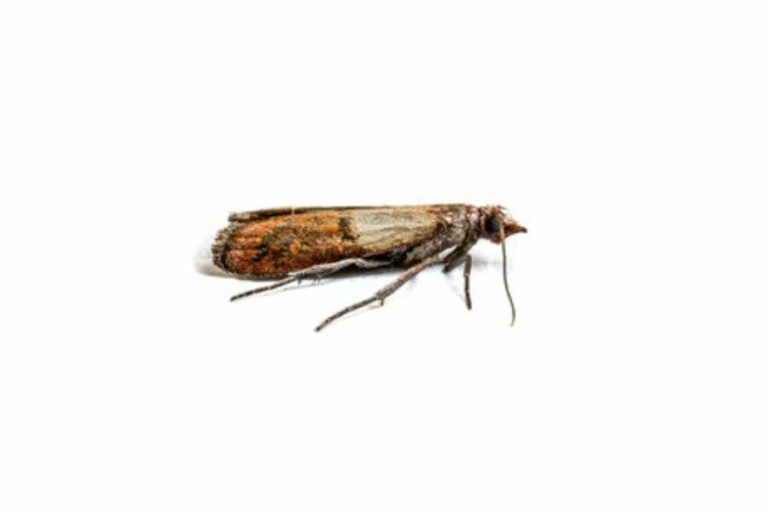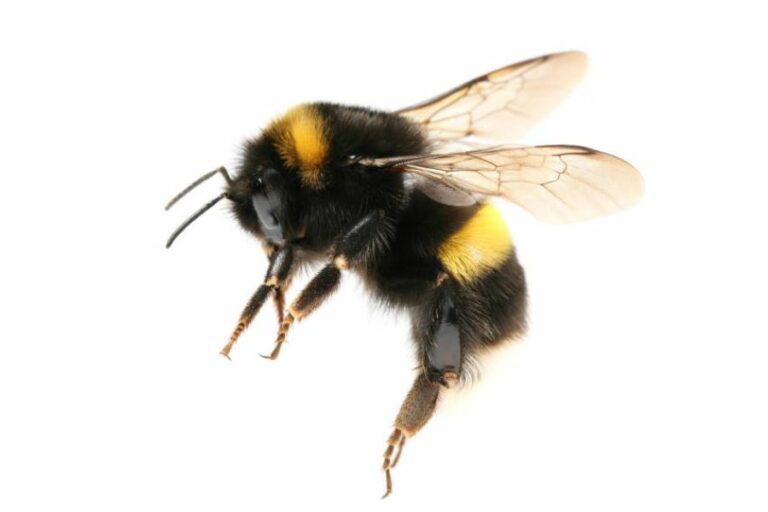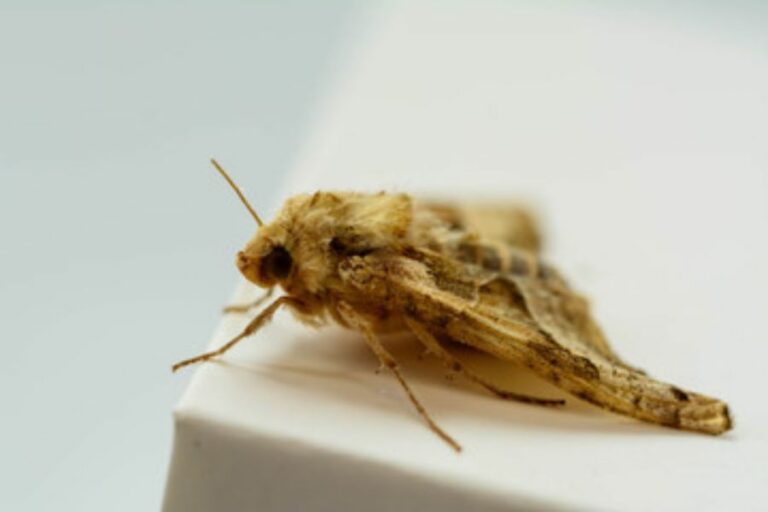Silverfish Facts
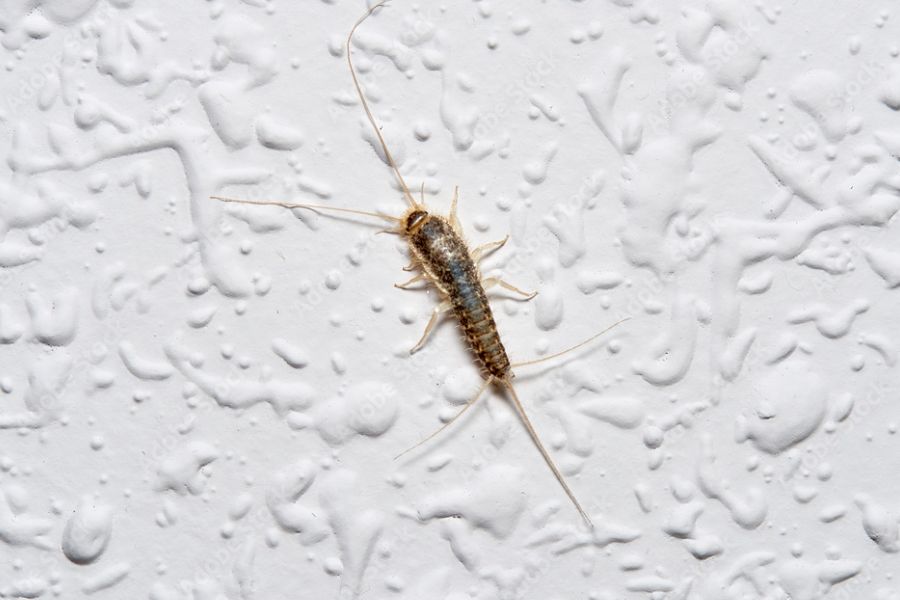
What do silverfish look like?
Silverfish have a distinct appearance with a sleek, elongated body that tapers towards the rear. They are typically silver or grey in colour and have three long tail-like appendages at the rear. They have a segmented body covered in scales, giving them a shiny, metallic appearance.
What do silverfish do?
Silverfish are nocturnal insects that are primarily active at night. They are fast runners and can move in a fish-like manner, hence their name. They prefer dark and undisturbed areas, making them adept at hiding in cracks, crevices, and secluded spaces within homes. Silverfish are known for their ability to survive in a wide range of environments and can adapt to different conditions.
What do silverfish eat?
Silverfish are known as scavengers and feed on a variety of materials. They are particularly attracted to items that contain starch, carbohydrates, and proteins. Their diet includes paper, glue, cardboard, wallpaper, book bindings, clothing, fabric, and even stored food products. They can cause damage to these items by feeding on them, leaving behind holes or irregular patterns of damage.
How long do silverfish live?
Silverfish have a relatively long lifespan compared to other insects. On average, they can live for about two to eight years, depending on the species and environmental conditions. Their longevity is one of the factors that contribute to their persistence and potential for infestations.
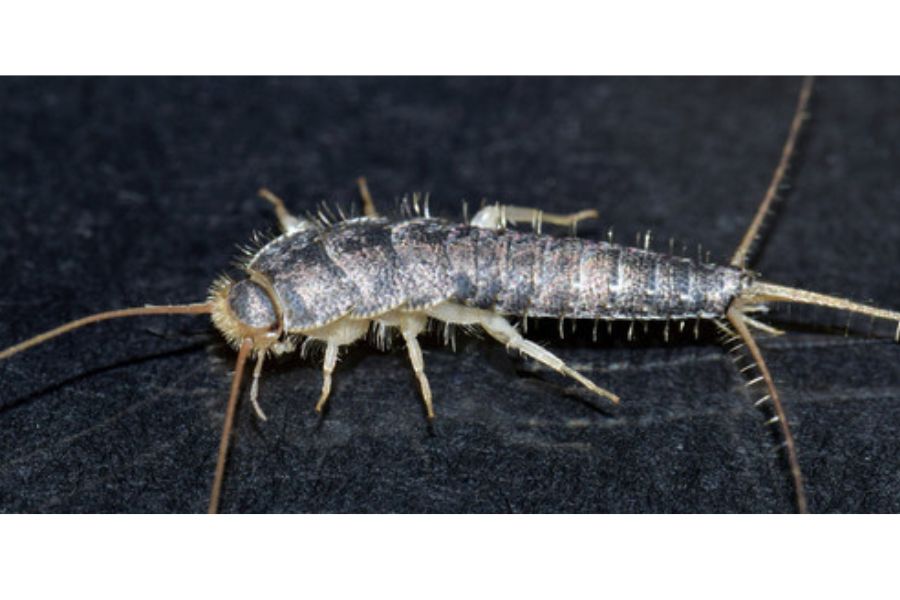
Are silverfish nocturnal?
Yes, silverfish are nocturnal creatures. They are most active during the night time hours and prefer dark, undisturbed environments. Their nocturnal behaviour helps them avoid light and potential predators, allowing them to freely move around and search for food sources.
Do silverfish have any predators?
Yes, silverfish have natural predators that help control their populations in the wild. Some common predators of silverfish include spiders, centipedes, earwigs, and certain types of beetles. These predators feed on silverfish, helping to regulate their numbers in natural ecosystems. However, within the indoor environment, where silverfish infestations often occur, their natural predators may be less prevalent.
How fast can silverfish move?
Silverfish are known for their quick and agile movements. They can move surprisingly fast, with a speed of up to 1.5 feet (0.5 meters) per second. Their elongated body shape and numerous legs allow them to move swiftly across surfaces.
Do silverfish bite or sting?
No, silverfish do not bite or sting humans. They are not equipped with venomous glands or biting mouthparts. Silverfish are primarily considered nuisance pests due to their potential to cause damage to belongings rather than any direct harm to humans.
Can silverfish fly?
No, silverfish cannot fly. Unlike some other insects, such as flies or mosquitoes, silverfish do not possess wings and are not capable of sustained flight. They primarily rely on their crawling ability to move around.
Can silverfish survive without water?
Silverfish have a high dependence on moisture and require a humid environment to thrive. While they are highly adaptable and can withstand periods of low humidity, they still need some level of moisture to survive. Without access to water or humid conditions, their survival becomes more challenging, and they may struggle to reproduce or sustain their population.
What is the typical lifespan of a silverfish?
The typical lifespan of a silverfish can vary depending on various factors such as environmental conditions and availability of food. On average, silverfish can live between two to eight years. However, under ideal conditions, they have been known to live even longer.

Where do silverfish prefer to build their nests?
Silverfish do not construct nests like some other pests. Instead, they prefer to hide and take refuge in dark and undisturbed areas. Common hiding spots for silverfish include cracks, crevices, wall voids, attics, basements, and other secluded areas within homes or buildings. They also seek out areas with high humidity levels, such as bathrooms, kitchens, and laundry rooms, as moisture is essential for their survival.
How do silverfish reproduce and multiply?
Silverfish reproduce through a process called gradual metamorphosis. Female silverfish lay eggs in small crevices or hidden areas, usually in batches. These eggs are small, oval-shaped, and white. After a few weeks, the eggs hatch into nymphs. The nymphs resemble miniature versions of adult silverfish but are smaller and lighter in colour. They undergo a series of moulting stages as they grow, shedding their exoskeletons each time. The time it takes for silverfish to reach adulthood can vary, typically ranging from a few months to a couple of years, depending on environmental conditions and food availability. Once they reach adulthood, silverfish can reproduce, and the cycle continues.
Can silverfish survive in extreme temperatures?
Silverfish are resilient insects and can adapt to a wide range of environmental conditions, but they do have limitations when it comes to extreme temperatures. They thrive in environments with moderate temperatures and high humidity levels. However, extreme heat or cold can pose challenges for their survival.
Silverfish prefer temperatures between 70°F to 80°F (21°C to 27°C) and humidity levels around 75% to 95%. When exposed to high temperatures above 90°F (32°C) or low temperatures below freezing, silverfish may struggle to survive. Prolonged exposure to extreme heat can dehydrate them, while extreme cold can slow down their metabolism and cause damage to their bodies.
While silverfish can tolerate some fluctuations in temperature, extreme conditions outside their preferred range can significantly impact their survival. This is why they tend to seek shelter in homes and buildings where temperature and humidity levels are more stable and suitable for their survival.
It’s worth noting that extreme temperature changes, such as hot or cold treatments, can be used as a part of pest control strategies to eliminate silverfish infestations in specific areas. Professional pest control services can provide effective solutions tailored to the unique needs of your situation.
How long does it take for silverfish eggs to hatch?
The time it takes for silverfish eggs to hatch can vary depending on factors such as temperature and humidity. On average, silverfish eggs hatch within two to eight weeks after being laid. The ideal conditions for egg development are typically around 75°F to 95°F (24°C to 35°C) with high humidity levels.
Can silverfish climb walls or other vertical surfaces?
Yes, silverfish are capable climbers and can scale walls and other vertical surfaces. They have a flattened body shape and numerous small legs that allow them to navigate different surfaces, including walls, ceilings, and even smooth surfaces such as glass. Their ability to climb allows them to access various areas within a home or building.
It’s important to note that while silverfish can climb, they prefer to stay close to the ground or hidden in cracks and crevices. They are primarily active at night and tend to seek shelter in dark, undisturbed areas during the day.
